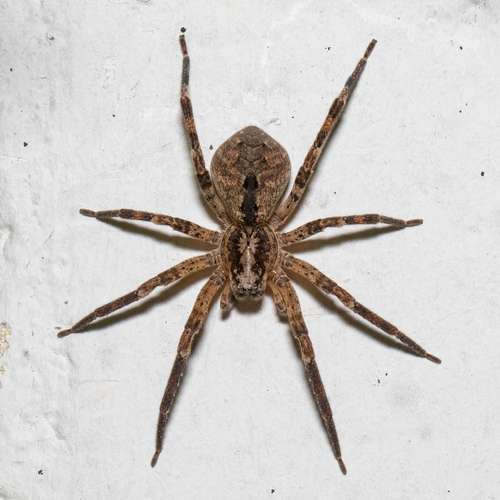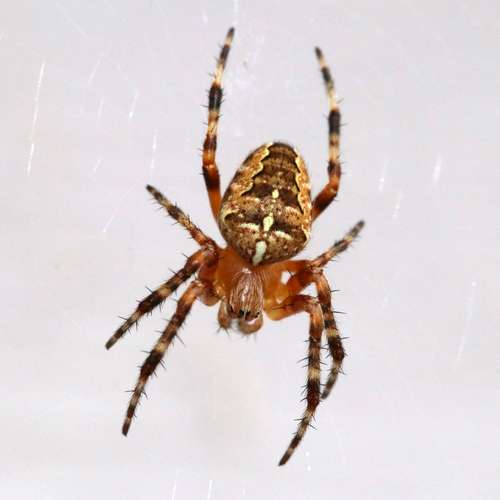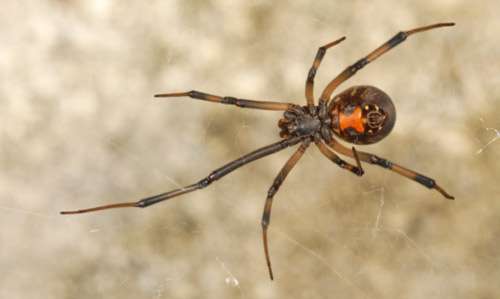
The family Zoropsidae includes the spider species Zoropsis spinimana.
Description
Z. spinimana females are 15-18 mm (0.59-0.71 in) long, while males grow to a length of about 10-12 mm (0.39-0.47 in). The eyes of this spider are similar to those of a wolf spider; however, unlike wolf spiders, the eyes of Zoropsis spiders are more widely spaced over the anterior portion of the cephalothorax. The prosoma, or front body, is brownish in color with distinct darker patterns. There are black median marks on the opisthosoma, the abdomen. The legs generally have brown spots on them.
Distribution
The Mediterranean region is home to a large population of Zoropsis spinimana, which also extends into Russia. This species was introduced to the San Francisco Bay Area in the United States as well as the London area in the United Kingdom.
Habitat
The species’ spiders spend the night hunting for prey under rocks and in the bark of trees near the margins of forests. Like all zoropsidae spiders, Z. spinimana forages ad libitum rather than creating a web. This spider cannot survive in a hostile environment, thus it commonly seeks shelter in human habitation and is usually discovered in homes where the temperature is more comfortable and food is more plentiful.

Diet
As a hunting spider (like wolf spiders), Zoropsis spinimana does not spin a web or employ silk to capture prey. The female mainly covers her egg sac with its silk. Its primary food source is insects, same as other spiders.
Reproduction
This species’ spiders reach sexual maturity in the fall. In the spring, when dormant in a brood chamber atop the cocoon, the females lay their eggs.
Table





